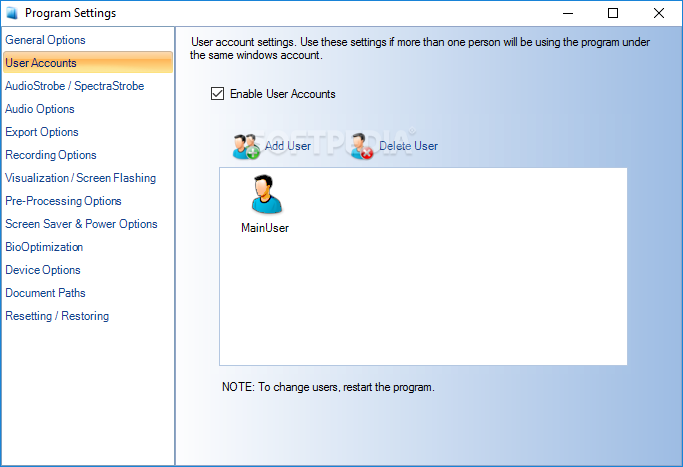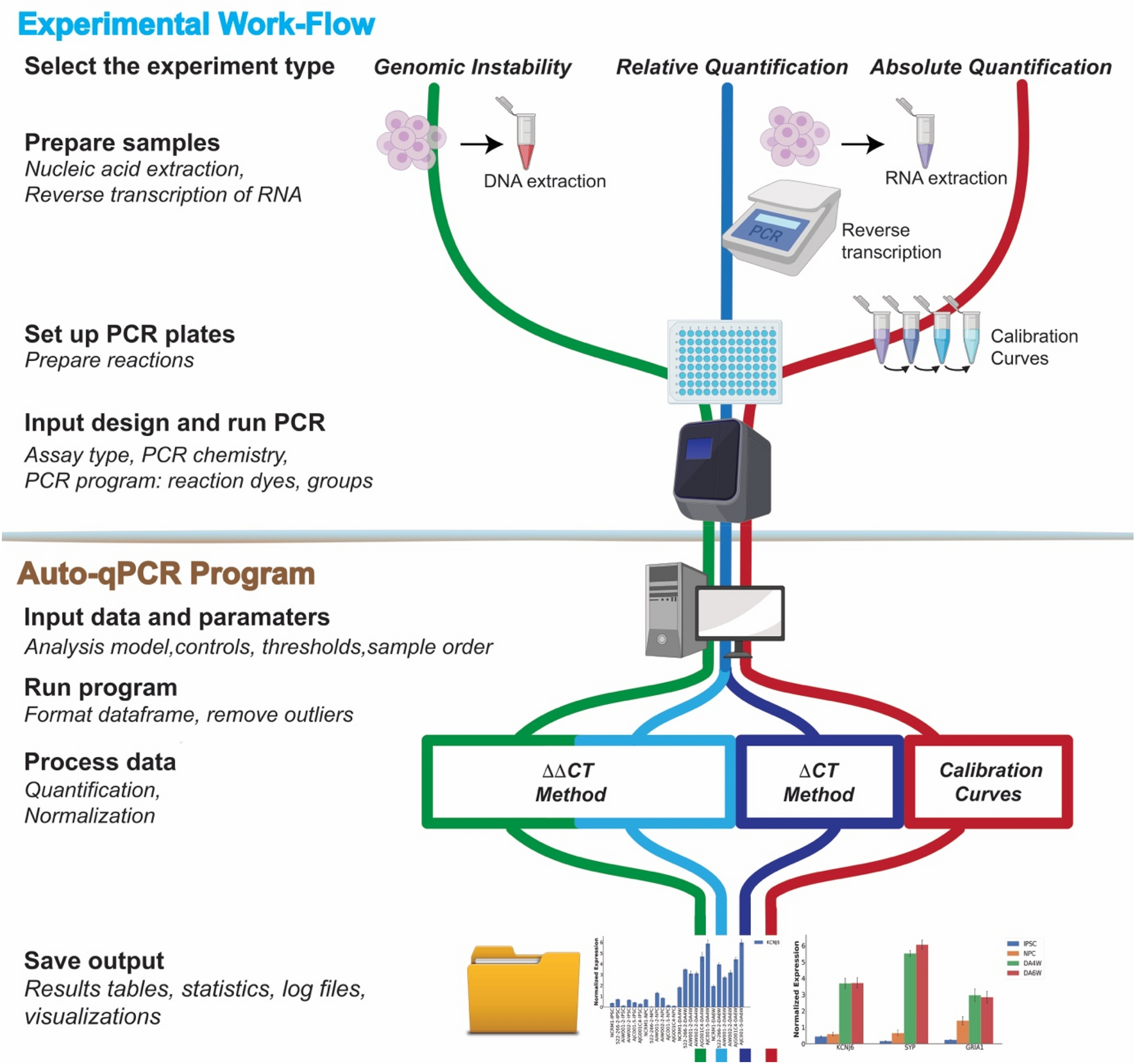

The activation usually uses one of the following functions. The perceptron configuration network shown in Figure 5 fires if the weighted sum > 0, or if you're into math-type explanations The bias can be thought of as the propensity (a tendency towards a particular way of behaving) of the perceptron to fire irrespective of its inputs.


The following diagram illustrates the revised configuration.įigure 5 Artificial Neuron configuration, with bias as additinal input The perceptron itself, consists of weights, the summation processor, and an activation function, and an adjustable threshold processor (called bias here after).įor convenience the normal practice is to treat the bias, as just another input. If the feature of some xi tends to cause the perceptron to fire, the weight wi will be positive if the feature xi inhibits the perceptron, the weight wi will be negative. The inputs (x1,x2,x3.xm) and connection weights (w1,w2,w3.wm) in Figure 4 are typically real values, both postive (+) and negative (-). A perceptron models a neuron by taking a weighted sum of inputs and sending the output 1, if the sum is greater than some adjustable threshold value (otherwise it sends 0 - this is the all or nothing spiking described in the biology, see neuron firing section above) also called an activation function. The perceptron (an invention of Rosenblatt ), was one of the earliest neural network models. This configuration is actually called a Perceptron. … xm", we could imagine this configuration looking something like: Also suppose that a neuron connects with m other neurons and so receives m-many inputs "x1 …. Suppose that we have a firing rate at each neuron. Roughly speaking, the faster excitatory spikes arrive at its synapses the faster it will fire (similarly for inhibitory spikes). When this difference is large enough (compared to the neuron's threshold) then the neuron will fire. The cell body and synapses essentially compute (by a complicated chemical/electrical process) the difference between the incoming excitatory and inhibitory inputs (spatial and temporal summation). Spikes (signals) arriving at an inhibitory synapse tend to inhibit the receiving neuron from firing. Spikes (signals) arriving at an excitatory synapse tend to cause the receiving neuron to fire. Synapses can be excitatory or inhibitory. Spikes (signals) are important, since other neurons receive them.

It should, however, be noted that firing doesn't get bigger as the stimulus increases, its an all or nothing arrangement. Neurons only fire when input is bigger than some threshold. Information always leaves a neuron via its axon (see Figure 1 above), and is then transmitted across a synapse to the receiving neuron. The connections between one neuron and another are called synapses. The action potential (neuronal spike) then travels down the axon, away from the cell body. If the input is large enough, an action potential is then generated. There is a voltage difference (the membrane potential) between the inside and outside of the membrane. The boundary of the neuron is known as the cell membrane. The dashed line shows the axon hillock, where transmission of signals starts There is one much longer process (possibly also branching) called the axon. Most of these are branches called dendrites. So what does a neuron look likeĪ neuron consists of a cell body, with various extensions from it. Neurons are the unit which the brain uses to process information. Each neuron can make contact with several thousand other neurons. There is an estimated 1010 to the power(1013) neurons in the human brain. Nerve cells in the brain are called neurons.
#NEURO PROGRAMMER 3 CANT EXPORT HOW TO#
Part 3: Will be about how to use a genetic algorithm (GA) to train a multi layer neural network to solve some logic problem.This is explained further within this article This is something that a Perceptron can't do. Part 2: Will be about multi layer neural networks, and the back propogation training method to solve a non-linear classification problem such as the logic of an XOR logic gate.Part 1: This one, will be an introduction into Perceptron networks (single layer neural networks).The proposed article content will be as follows:
#NEURO PROGRAMMER 3 CANT EXPORT SERIES#
This article is Part 1 of a series of 3 articles that I am going to post.


 0 kommentar(er)
0 kommentar(er)
